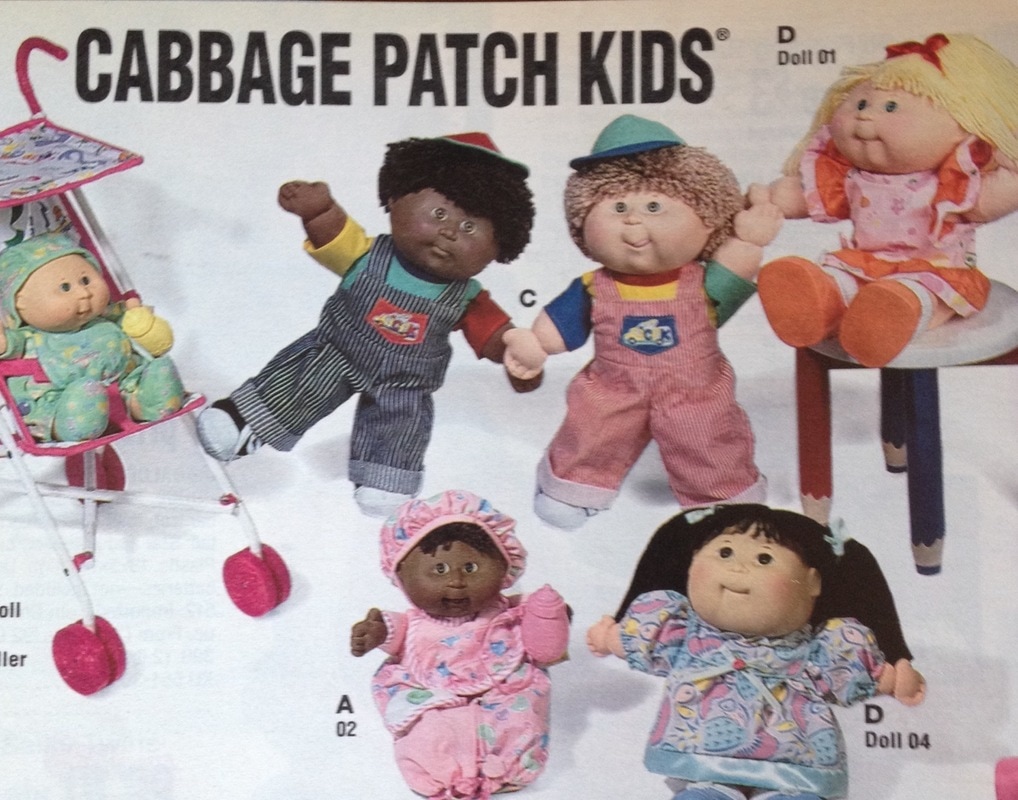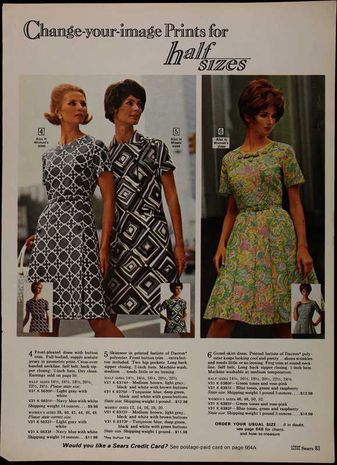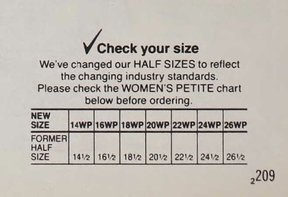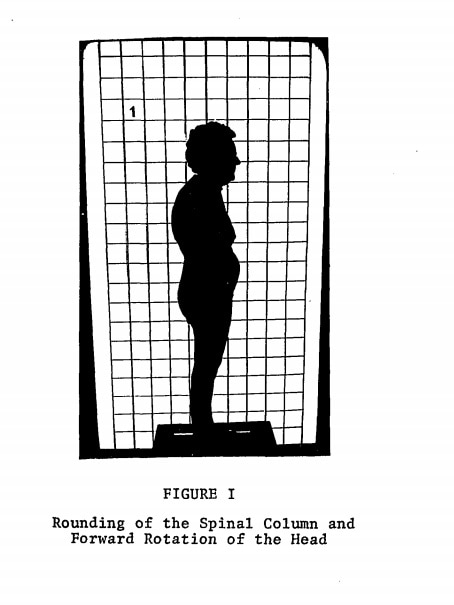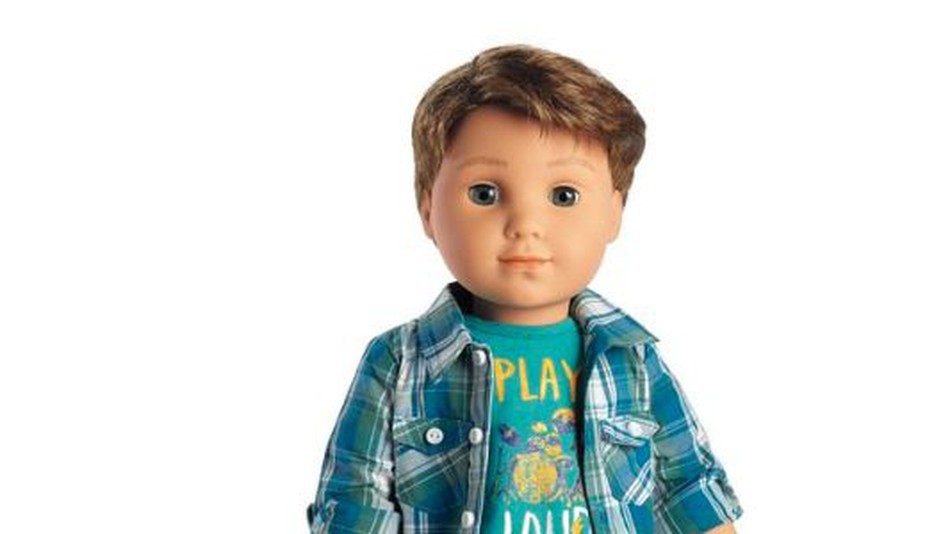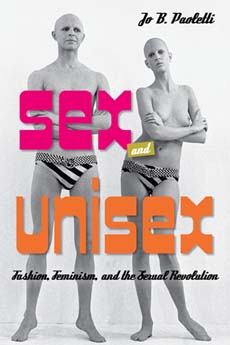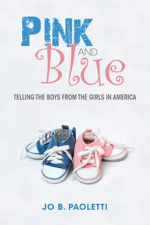We also had fun analyzing the CPK boy description from the 1993 J.C. Penney catalog.
If a boy doll has no penis, he is not a boy and can not use men's bathrooms in conservative jurisdictions. If he does have a penis, and his clothes are not removable, his masculinity is like "a tree falling in a forest" with no one to hear. If his clothes can be removed (penis or no penis) he is encouraging cross-dressing and possibly homoerotic sexual curiosity. Poor American Girl! Caught between a rock and a hard place!
